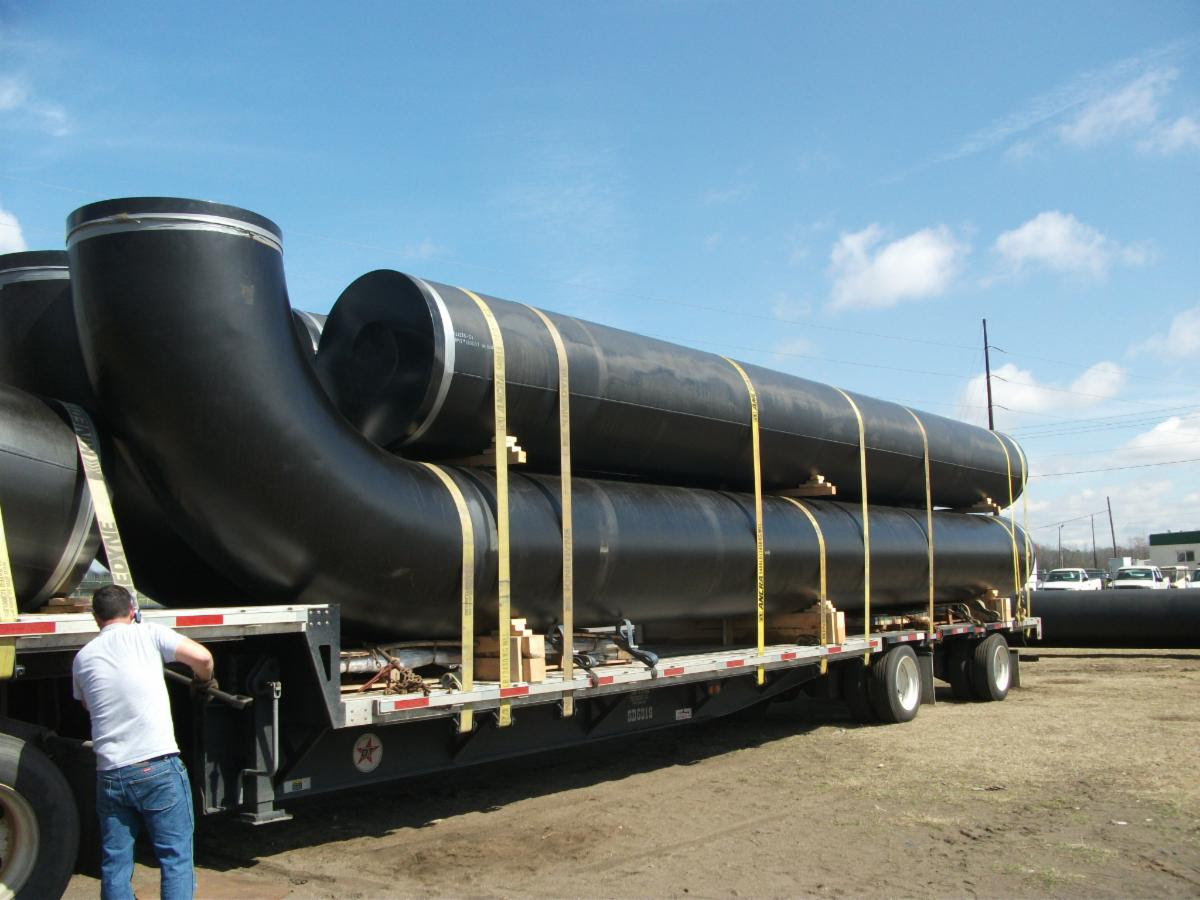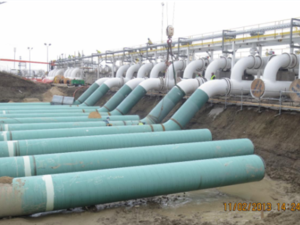FEMA October 2024
| FEMA October 2024
Insured disaster losses in the United States totaled $95 billion in 2023, very close to the five-year average of US$105 billion, and above the 10-year average of $90 billion. In addition, 492 people died in 2023 from weather related disasters. A brief breakdown of the results: Tornadoes – 83 people died from tornadoes in 2023, across 12 states. The highest number of tornadoes in a month occurred in March, with 244 twisters. Hurricanes – The most destructive hurricane of 2023 was Idalia, which caused 12 deaths and $3.6 billion in damage. Drought and Heat Wave -The summer-long drought and heat wave in the southern states was the deadliest disaster of 2023, resulting in 247 deaths. Other storms – 137 people died from severe convective storms, 18 from floods and flash floods, and 14 from winter storms and cold waves. In short, 2023 was the 8th highest number of disaster-related fatalities in the contiguous U.S. since 1980. In the midst of recent natural disasters, FEMA has played an important role in both the preparation for and the aftermath of these natural disasters. While we are glued to The Weather Channel – or a local station as we ourselves may be preparing – we probably do not know the origins of this remarkable agency. So, let’s do a quick study. —————————————————————————————————————————————————————————————– In the early morning hours of December 26, 1802, a fire broke out in the New Hampshire Bank building in Portsmouth, NH. A large portion of the town burned, with 114 buildings lost to the flames and damages estimated at $200,000. In response, Congress passed the Congressional Act of 1803, legislation that provided relief for Portsmouth merchants. Of note, this Act was the first piece of national disaster legislation ever passed by a U.S. Congress. Until the middle of the 20th century, Congress exercised an ad hoc, individual approach to disaster relief. These relief attempts included victims to the great fires in New York City (1835) and Chicago (1871), the hurricane that levelled Galveston, Texas (1900) and the devastating earthquake that struck San Francisco (1906). During the 50s, U.S. emergency management concerned itself with wartime civil defense activities as the Federal Government attempted to prepare the nation for a possible nuclear attack! In the 1960s, different Federal agencies responded to …
In 1974, the Disaster Relief Act was enacted, establishing a process for presidential declarations of national disasters. However, disaster management remained fragmented with more than 100 federal agencies involved in these relief efforts. The need for centralization became extremely apparent in 1978 by the much-publicized Three Mile Island nuclear power plant accident. In 1979, President Jimmy Carter signed an executive order to create the Federal Emergency Management Agency (FEMA). FEMA absorbed a host of disaster/emergency agencies and was immediately tested by natural and manmade disasters including:
In 2003, in the aftermath of the 9/11 terrorist attacks, FEMA and 22 other agencies were combined to form the department of Homeland Security. In 2006, due to the inadequate Federal response to Hurricane Katrina, FEMA was reorganized under a law signed by President George W Bush. Presently, FEMA administers the fund through a single federal spending account under the Robert T. Stafford Disaster Relief and Emergency Assistance Act. The money is used for the following activities:
In 2024, people in Florida and other States are already seeing early signs of stress due to natural disasters, as their homeowner’s insurance is becoming extremely expensive, providing they can find a company to buy insurance from! The rising pace and cost of disasters is cause for alarm as the potential for systemic failures in the housing and insurance markets could lead to wider, global economic shocks.” |
To learn more about who Dixie is, visit our About page.







Stay Connected